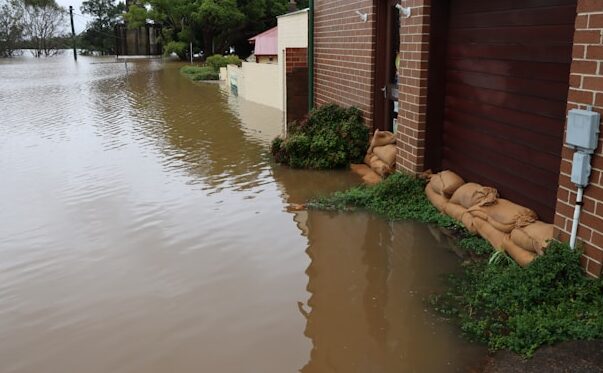NSW floods leave 10,000 homes wrecked; soaring insurance premiums and denied claims spark crisis
Once again, New South Wales is grappling with devastating floods that have destroyed or damaged an estimated 10,000 homes and businesses. The Insurance Council of Australia reports over 6,000 claims across the Mid North Coast and Hunter regions, highlighting the sheer scale of destruction and despair. Hundreds of families remain displaced, many facing uncertain futures in houses now deemed uninhabitable.
Amid the clean-up, a darker story is emerging. Many residents have revealed they were either uninsured or faced insurance premiums as high as A$30,000 annually—an impossible cost for many. Others are underinsured, receiving payouts far below the actual expenses required for rebuilding, repairing, or replacing damaged property. The Insurance Council has officially labelled this event an “insurance catastrophe,” reflecting the severity of the crisis.
This disaster is not an isolated event but part of a worrying global trend. In 2024 alone, natural disasters causing economic losses over A$1.5 billion occurred around 60 times worldwide, racking up total losses exceeding A$650 billion. Australia, one of the most disaster-prone nations in the Western world, is emerging as a stark warning sign—or a “canary in the coalmine”—for the global insurance sector’s future.
Experts warn that climate change is driving this escalation in disasters, pushing insurance beyond its limits. Ulrich Beck, the sociologist, predicted in 1992 that unpredictable risks such as climate change would ultimately destroy the private insurance market, triggering sweeping consequences for society. Yet the frightening reality is not some distant future scenario; it is unfolding now. People and communities in NSW are living through a collapse in insurance availability and affordability.
This crisis hits hardest those already struggling financially, exposing vast social inequalities. On the ground, the hardship is evident. Prime Minister Anthony Albanese visited flood-affected Taree, NSW, underscoring the gravity of the situation. NSW Premier Chris Minns has pledged to pressure insurance companies to “step up and pay out claims quickly,” demanding accountability amid growing frustration.
Embed from Getty ImagesPolitical tensions have risen. Both major parties accused insurers of “ripping off” Australians during the run-up to the federal election. The Coalition even suggested emergency divestiture powers to break up insurers in case of market failure. However, this approach ignores the global nature of insurance pricing, which is heavily influenced by reinsurers—companies insuring the insurers themselves. Just ten corporations control 70% of the global reinsurance market, limiting local manoeuvrability.
The insurance industry itself advocates for solutions such as government-funded Flood Defence Funds and retrofitting homes to improve resilience. While sensible on paper, these proposals risk shifting the burden onto governments and households, obscuring the need for stronger regulation and fairer pricing structures to protect ordinary people.
Insurance costs are rising sharply across all sectors, particularly home, vehicle, and employer liability insurance. Yet many insurers report healthy profits, with the global sector experiencing “exceptionally strong growth.” Allianz Finance notes a premium revenue surge of over 21% globally in the three years leading to 2024—a striking contrast to the financial struggles faced by everyday Australians.
Looking ahead, the insurance sector will likely continue growing and profiting until climate change and related pressures force a reckoning. But the immediate concern isn’t a sudden collapse of insurers; it’s the ongoing, real-time collapse of insurance for individuals, businesses, and communities who simply cannot keep up.
In response, communities are forced into desperate measures. In Lismore, flood-damaged vacant homes are being occupied by squatters amid an ongoing housing crisis, while informal settlements grow on urban fringes. These grassroots efforts reveal the human cost of institutional failure to address the insurance crisis effectively.
As NSW cleans up once more, the story is not just about floodwaters receding but about a deepening social and economic rupture. Without urgent action from governments and the insurance sector, the collapse of insurability threatens to leave more Australians vulnerable to the next disaster.
